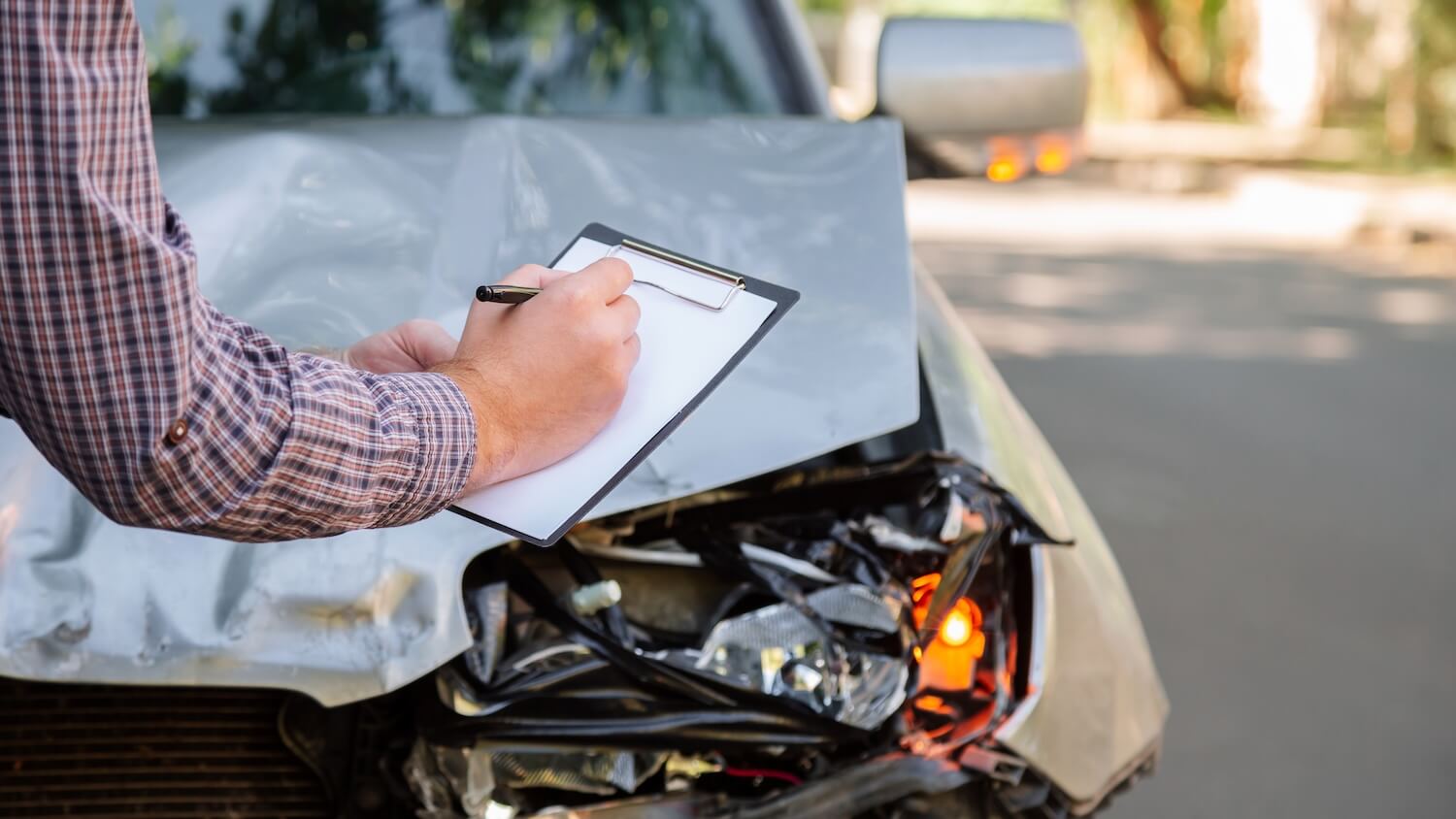How Evidence Can Make or Break Your Personal Injury Claim

Written by Bradley Smith

Evidence plays a crucial role in determining the outcome of a personal injury claim. It directly influences whether the injured party can prove liability and the extent of damages suffered. Without strong evidence, even a valid claim may fail.
The strength and quality of evidence can either validate a personal injury claim or cause it to be dismissed. This means gathering clear documentation, witness statements, and expert reports is essential for building a solid case that stands up to scrutiny.
Understanding Personal Injury Claims
Definition and Types
A personal injury claim is a legal demand for compensation due to harm caused by another party’s actions or negligence. It covers physical injuries, psychological trauma, and property damage. Common types include:
- Car accidents
- Slip and fall incidents
- Medical malpractice
- Workplace injuries
- Product liability
Claims may be based on negligence, strict liability, or intentional wrongs. The injured party must prove the other party’s fault and the extent of damages.
Common Scenarios Leading to Personal Injury Claims
Personal injury claims often arise from everyday accidents. Car crashes are the leading cause, involving distractions, speeding, or driving under the influence. Slip and fall injuries happen when property owners fail to maintain safe environments. Medical malpractice claims occur when healthcare providers breach their duty of care.
Workplace injuries result from unsafe conditions or employer negligence. Defective products causing harm also lead to claims, holding manufacturers accountable. Each scenario requires evidence specific to the incident, such as police reports, medical records, or witness testimony.
The Role of Evidence in Personal Injury Cases
Types of Evidence: Physical, Digital, and Testimonial
Physical evidence includes photographs of injuries and accident scenes, damaged property, medical records, and surveillance videos. These tangible items provide objective proof of the incident and its effects.
Digital evidence such as phone records, GPS data, emails, and social media posts can show timelines, communications, and behavior relevant to the case. This type of evidence often uncovers details that may not be visible through physical proof.
Testimonial evidence comes from witnesses, including the injured party, bystanders, and expert witnesses. Eyewitness accounts and professional opinions help clarify events and assess liability and damages.
Importance of Evidence in Proving Liability
Liability depends on showing negligence or fault, which requires clear evidence linking the defendant’s actions to the injury. Medical records prove that injuries occurred, while accident reports and witness statements establish how and why the incident happened.
Evidence must show that the defendant owed a duty of care, breached that duty, and caused harm. Without sufficient evidence, claims risk dismissal or reduced compensation.
Strong evidence also helps counter defense arguments, making it easier to hold the responsible party accountable.
How Evidence Impacts Claim Value and Outcome
The quality and quantity of evidence directly affect the amount of compensation an injured party can receive. Clear proof of serious injuries and fault tends to increase settlement offers or jury awards.
Weak or incomplete evidence may lead to lower settlements, prolonged negotiations, or claim denial. Insurers and courts rely heavily on documented evidence rather than assumptions.
Organizing evidence logically and presenting it effectively can expedite the claim process and improve the final result.

Collecting and Presenting Evidence
Gathering the right information accurately and following legal standards are crucial for a strong personal injury claim. This process involves both practical steps to secure proof and understanding what courts will accept as valid.
Effective Methods to Gather and Preserve Evidence
To support a claim, you should immediately document the incident scene with photos and videos. Capturing clear images of injuries, property damage, and surroundings helps establish facts. You should obtain the contact details of witnesses and write detailed accounts while memories are fresh. Medical records and bills must be preserved to prove the extent of injuries and related expenses.
Physical evidence, like damaged clothing or objects involved, should be stored safely. Using digital backups, such as cloud storage, can prevent loss or tampering with important files.
Legal Requirements for Admissible Evidence
Evidence must be relevant, authentic, and obtained legally to be admissible in court. Hearsay or illegally recorded materials often get excluded. Chain of custody is essential for physical and digital evidence to verify that it hasn’t been altered. Documentation showing when and how evidence was collected strengthens its credibility.
Medical records should include detailed reports by qualified professionals. Expert witness testimony may be necessary to explain complex evidence to the judge or jury.
The Consequences of Insufficient Evidence
When evidence is lacking in a personal injury claim, it significantly impacts the ability to prove fault and affects the amount of compensation awarded. Without clear proof, legal strategies become weaker, and the case may face challenges that reduce the claimant’s chances of success.
Challenges in Proving Fault
Insufficient evidence makes it difficult to establish who is responsible for an injury. Key elements like accident reports, witness statements, or medical records may be missing or incomplete. This gap hinders the ability to connect the defendant’s actions directly to the injury.
In many cases, fault depends on specific proof such as surveillance footage or expert analysis. Without these, opposing parties can dispute liability more easily, creating legal obstacles. Showing causation and negligence becomes a complicated task without solid evidence.
Potential Reduction in Compensation
Lack of evidence usually leads to a lower settlement or jury award. Insurance companies often argue that the severity of the injury or fault is unproven. This can result in reduced financial recovery, failing to cover medical bills, lost wages, or pain and suffering.
Courts may partially or fully deny claims if evidence is inadequate. Insufficient documentation of expenses or impact on quality of life also weakens compensation arguments. Clear, well-organized evidence typically maximizes claim value.
How Smith & Weidinger PLLC Can Assist
Smith & Weidinger PLLC helps clients gather and preserve crucial evidence early in the process. We use strategies like interviewing witnesses promptly and consulting experts to build a compelling case. Our experience ensures that documentation is thorough and legally relevant.
Our firm’s attorneys also prepare strong legal arguments anchored in the collected evidence because they understand what courts and insurers require to prove fault and justify compensation. This focused approach improves the chances of a favorable outcome despite initial evidence challenges.
Note: The information provided in this blog post has been compiled from publicly available and secondary sources. While we strive for accuracy, some details may become outdated or contain inadvertent errors. If you believe any information is incorrect or requires updating, please contact Smith & Weidinger so that we may review and make the appropriate corrections.
Disclaimer: This blog post is for informational purposes only and is not intended as a solicitation for business. The photo used is not from the scene of the incident described. Viewing this content does not create an attorney-client relationship with Smith & Weidinger. If you have been injured in an accident, please seek immediate medical attention and then consult with a qualified attorney to discuss your legal rights and options.










